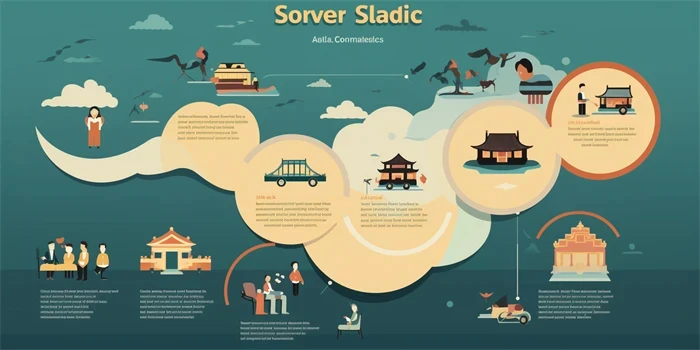YouTube has become a platform of choice for content creators to share their videos with a global audience. However, many aspiring YouTubers wonder when and how their videos can start generating revenue. In this article, we will explore the factors that determine when a YouTube video starts making money.

1. Monetization Eligibility
To make money from YouTube videos, content creators need to meet certain eligibility criteria. These include having at least 1,000 subscribers and 4,000 watch hours on their channel in the past 12 months.
Once these thresholds are met, creators can apply to join the YouTube Partner Program (YPP) and enable monetization on their videos.
2. Ad Revenue
One of the primary ways YouTube videos make money is through ads. Advertisers pay YouTube to display their ads before, during, or after videos, and content creators receive a share of that revenue. This revenue is influenced by factors such as the number of views, the level of advertiser demand, and the viewer’s geographical location.
Higher engagement, longer watch time, and viewers from high-paying countries can lead to increased ad revenue for YouTube videos.
3. Channel Memberships
Channels with a large and dedicated fan base can offer channel memberships to their viewers. This feature allows viewers to pay a monthly fee to become members and gain access to exclusive perks such as badges, emoji packs, and members-only content.
The revenue generated from channel memberships is directly proportional to the number of subscribers who become paying members.
4. Super Chat and Super Stickers
YouTube offers a feature called Super Chat and Super Stickers, which allows viewers to purchase chat messages or animated stickers during live streams or Premieres. These paid interactions help creators earn additional revenue.
The amount of money a creator makes from Super Chat and Super Stickers depends on the number of purchases and their respective prices.
5. YouTube Premium Revenue
YouTube Premium is a subscription service that enables ad-free viewing and provides access to exclusive content. When YouTube Premium members watch videos, a portion of their subscription fee is distributed to creators based on their share of watch time.
YouTube videos can generate money through YouTube Premium if they are often watched by Premium subscribers.
6. Sponsored Content and Brand Deals
As YouTubers gain popularity and influence, they may attract sponsorship offers from brands. Sponsored content involves creating videos that promote a brand or product in exchange for payment.
Creative storytelling, audience demographics, and engagement metrics are essential considerations for brands when deciding to collaborate with YouTubers. The revenue generated from sponsored content depends on the brand’s budget and negotiation skills of the content creator.
7. Merchandise and Product Sales
Many YouTubers leverage their brand and connection with their audience to sell merchandise or their own products. This can include items like t-shirts, hats, or even digital products such as online courses or e-books.
The revenue generated from merchandise and product sales depends on the popularity of the creator and the appeal of their products to their audience.
8. Crowdfunding
Crowdfunding platforms like Patreon or Kickstarter provide opportunities for content creators to receive financial support directly from their audience. Fans can contribute to their favorite YouTubers on a regular basis or for specific projects.
The revenue generated through crowdfunding depends on the number of supporters and the level of their financial contributions.
9. Content ID Match
Content creators who produce original music or videos may have their content matched through YouTube’s Content ID system. This system automatically detects copyrighted material and enables creators to monetize these matches through ads.
The revenue generated through Content ID match depends on the number of matches and the popularity of the copyrighted content.
10. Viewer Donations
Some content creators enable viewer donations through platforms like PayPal or Patreon. Viewers who appreciate the content may choose to donate money as a gesture of support.
The revenue generated from viewer donations varies greatly as it relies on the generosity of the audience.
In conclusion, there are multiple avenues for YouTube videos to generate income. The exact revenue earned by a video depends on factors such as monetization eligibility, ad revenue, channel memberships, Super Chat and Super Stickers, YouTube Premium, sponsored content, merchandise and product sales, crowdfunding, Content ID match, and viewer donations.
References:
1. YouTube Partner Program: https://support.google.com/youtube/answer/72857
2. YouTube Premium for Partners: https://support.google.com/youtube/answer/72857
3. YouTube Advertising: https://www.youtube.com/yt/advertise/
Author: [Your Name]
Illustration: Original image created by [Your Name]


